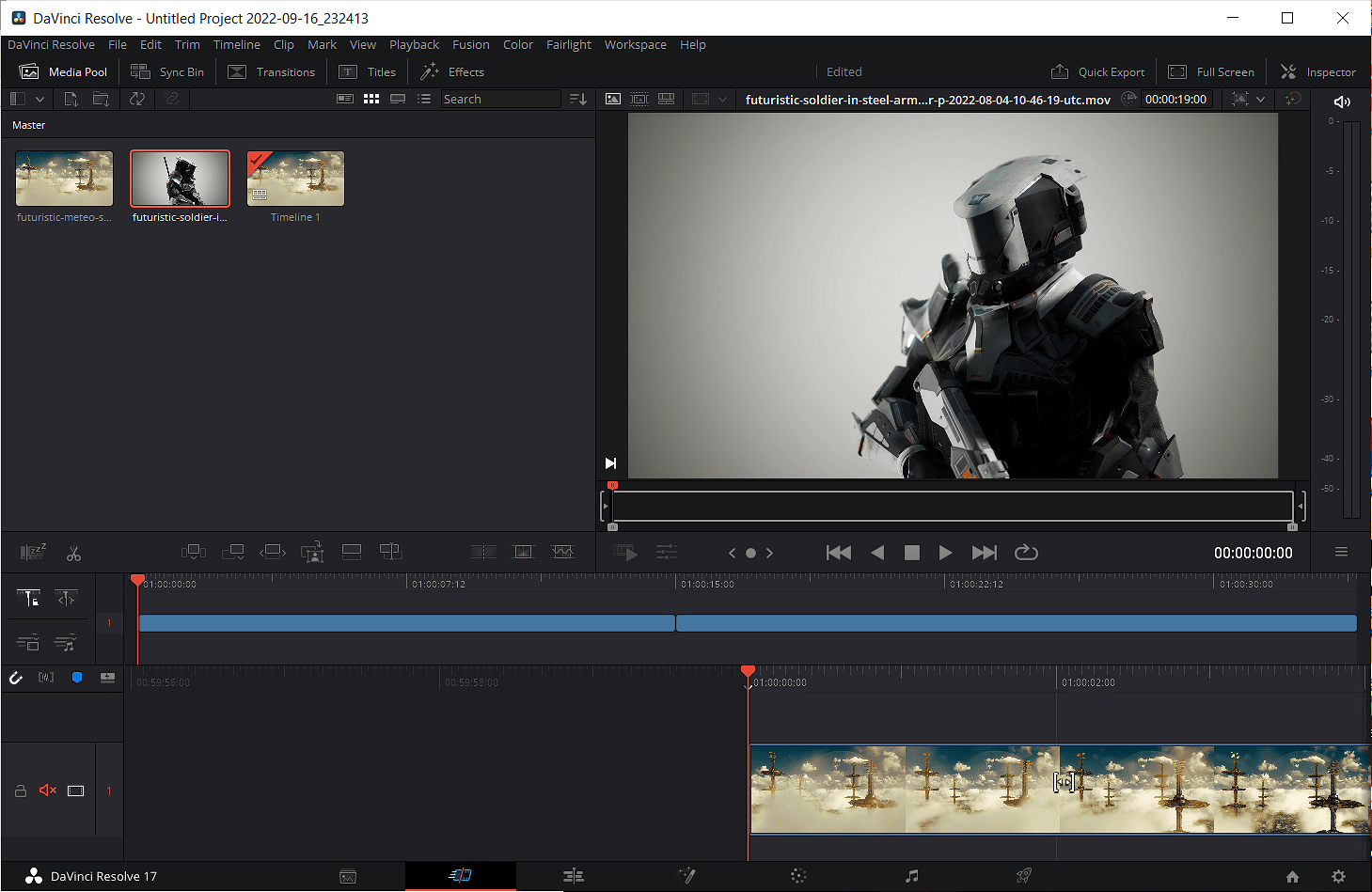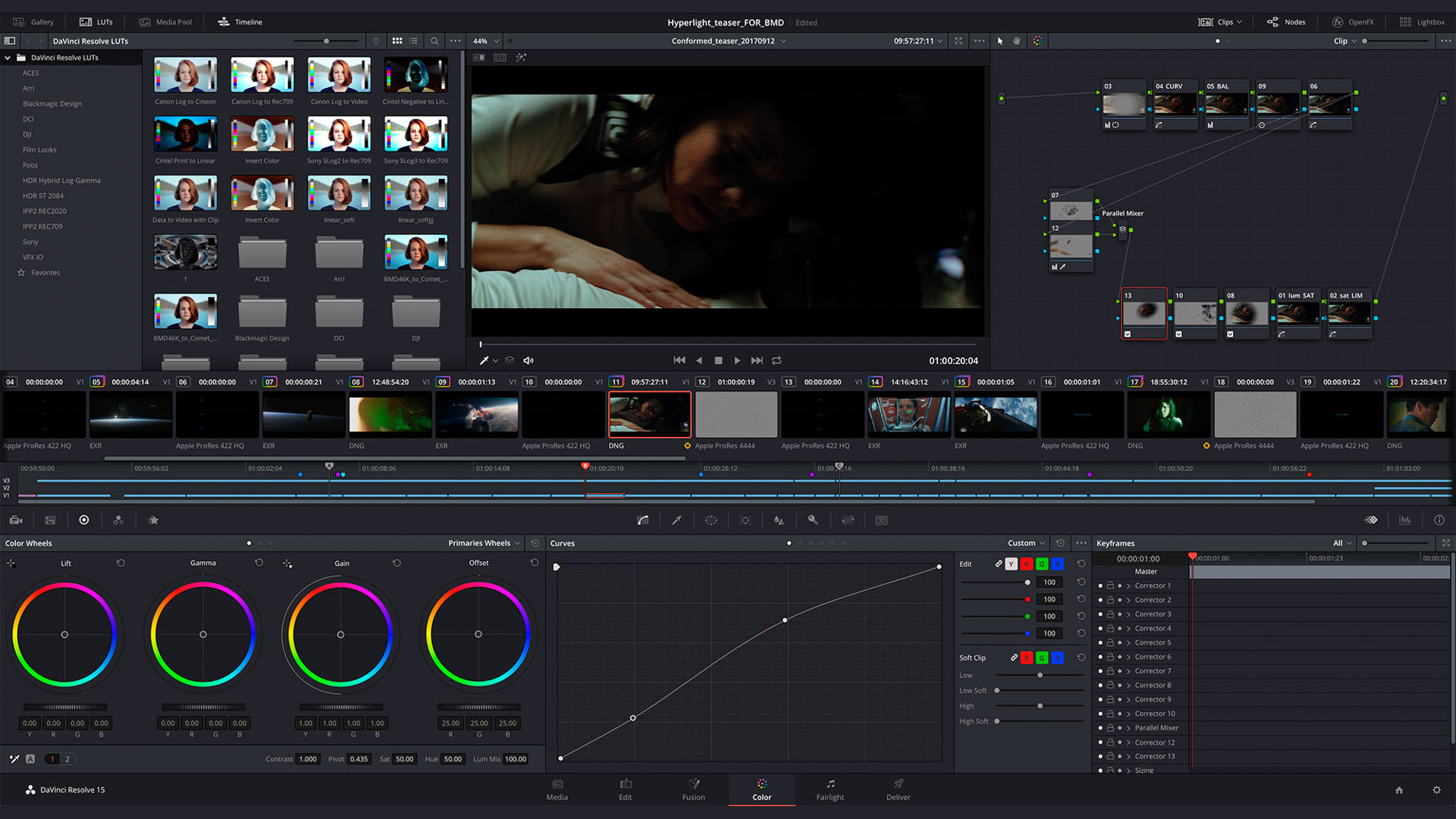Top Productivity Tools for Editors: Streamlining Your Editing Workflow
Editing is a meticulous craft that demands precision, creativity, and efficient time management. In the digital age, editors are spoilt for choice with a myriad of productivity tools designed to streamline their workflows, enhance collaboration, and elevate the overall editing experience. In this comprehensive guide, we will delve into the world of productivity tools for editors, exploring a diverse range of software and applications that cater to different editing needs and styles.
1. Adobe Creative Cloud Suite: The Editor’s Powerhouse
At the heart of many editing workflows lies the Adobe Creative Cloud Suite, a comprehensive collection of software catering to various creative disciplines. For editors, Adobe Premiere Pro stands tall as a professional-grade video editing software. Its seamless integration with other Adobe applications like Photoshop and After Effects allows editors to create a cohesive editing environment. Premiere Pro’s intuitive interface, robust editing tools, and vast array of plugins make it a favorite among professionals. Additionally, Adobe’s cloud-based storage and collaboration features enable editors to work on projects collaboratively, irrespective of geographical distances.
2. Final Cut Pro X: Apple’s Editing Marvel
For Mac users, Final Cut Pro X is a standout choice. Developed by Apple, this video editing software offers a sleek, user-friendly interface coupled with powerful features. Its Magnetic Timeline, a unique way to edit that keeps everything in sync, simplifies complex edits. Final Cut Pro X also excels in handling high-resolution videos and offers an extensive library of built-in effects and transitions. Seamless integration with macOS and hardware optimization ensures a smooth editing experience, making it a top choice for many professional editors in the Apple ecosystem.
3. Avid Media Composer: The Industry Standard
Avid Media Composer has long been the industry standard for professional film and television editing. Its robust feature set, precise editing tools, and advanced media management capabilities cater to the complex demands of large-scale productions. Avid’s collaborative workflows are unparalleled, allowing multiple editors to work on the same project simultaneously. With support for various file formats and resolutions, Avid Media Composer offers unparalleled flexibility, making it a staple in the editing rooms of major studios and production houses.
4. DaVinci Resolve: Fusion of Editing and Color Grading
DaVinci Resolve stands out as an all-in-one solution, seamlessly integrating video editing, color correction, visual effects, and audio post-production into a single software. Its advanced color grading tools are industry-leading, enabling editors to achieve cinematic looks with precision. The Fusion module within DaVinci Resolve provides powerful visual effects and motion graphics capabilities, eliminating the need for third-party applications for compositing. With its free version offering a vast range of features, DaVinci Resolve has become a favorite among independent filmmakers and content creators on a budget.
5. Frame.io: Collaboration Redefined
Collaboration is key in the world of editing, and Frame.io revolutionizes the way teams work together on video projects. This cloud-based platform facilitates seamless collaboration, allowing editors, clients, and stakeholders to review, comment, and approve edits in real-time. Frame.io’s intuitive interface, version control features, and integration with popular editing software make it an indispensable tool for remote collaboration. Its ability to provide precise feedback through annotations directly on the video timeline streamlines the review process, saving valuable time and ensuring clear communication between team members.
6. Pro Tools: Audio Excellence for Editors
Audio plays a crucial role in video production, and Avid’s Pro Tools is the go-to software for professional audio editing and mixing. Editors often find themselves needing to enhance or clean up audio tracks, and Pro Tools offers a comprehensive set of tools for these tasks. Its intuitive interface allows precise editing, seamless integration with video editing software, and support for a wide range of audio file formats. Whether it’s dialogue editing, sound effects design, or music composition, Pro Tools empowers editors to deliver high-quality audio that complements the visual elements of their projects.
7. Trello: Organizing Your Editing Projects
Project management is an integral part of an editor’s workflow, and Trello is a versatile tool that simplifies task organization and collaboration. This visual project management application uses boards, lists, and cards to help editors plan their projects, track progress, and collaborate with team members. Editors can create boards for individual projects, list tasks that need to be completed, and assign these tasks to specific team members. Trello’s drag-and-drop interface and customizable features make it adaptable to various editing workflows, ensuring that nothing falls through the cracks during the production process.
8. Asana: Streamlining Team Communication
Effective communication within a team is paramount for successful editing projects, and Asana excels in facilitating streamlined communication and task management. Asana allows editors to create projects, set deadlines, assign tasks, and track progress. Its user-friendly interface and integration with other productivity tools make it easy for team members to collaborate, share files, and provide updates on their tasks. With features like notifications and commenting, Asana ensures that everyone involved in the project is on the same page, fostering a collaborative and efficient editing environment.
Conclusion: Empowering Editors for Success
In the fast-paced world of video editing, staying organized, collaborative, and creative is essential. The productivity tools mentioned above cater to the diverse needs of editors, empowering them to focus on their craft without being bogged down by administrative tasks. Whether it’s editing software that offers advanced features, collaborative platforms that enhance teamwork, or project management tools that keep everything on track, these tools are the backbone of a successful editing workflow. By leveraging the power of these tools, editors can not only meet the demands of their projects but also exceed expectations, creating compelling and visually stunning content that captivates audiences worldwide.



